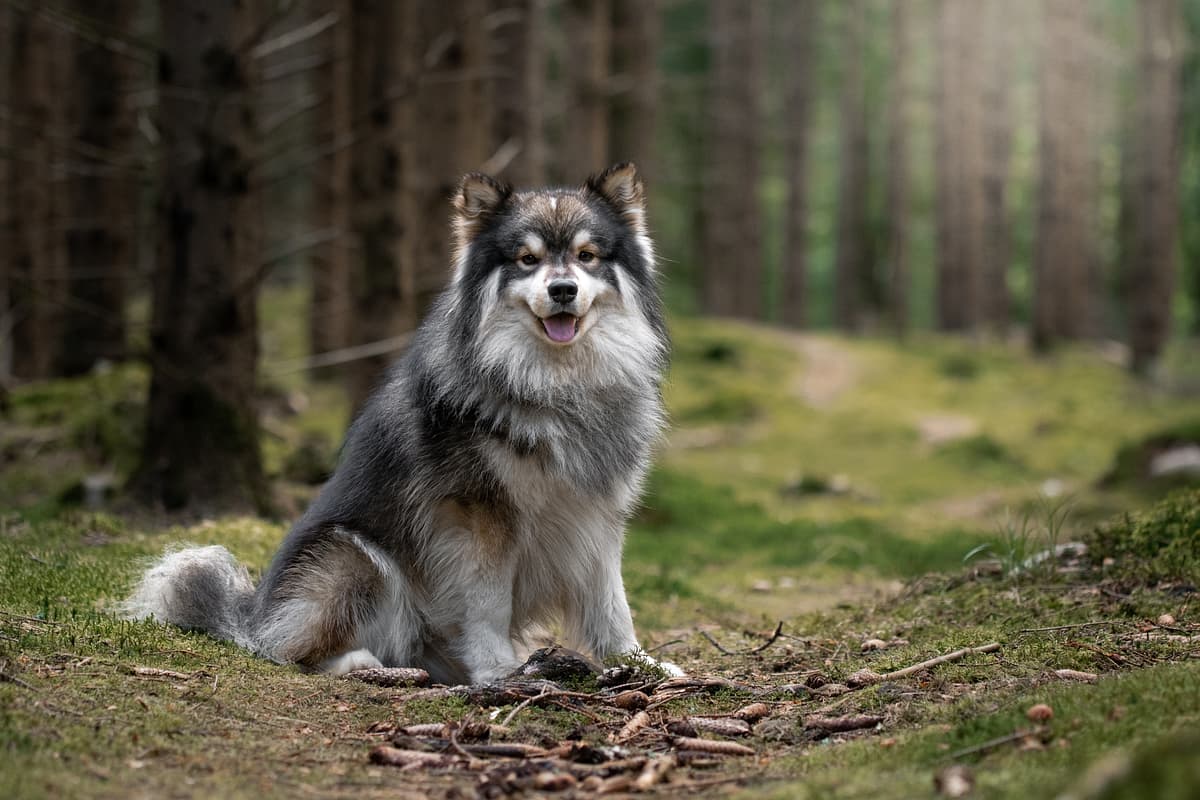Finnish Lapphund vs English Bulldog
Discover the differences between Finnish Lapphund and English Bulldog to make the best choice for your situation.
Try different breeds

Finnish Lapphund
A lively, intelligent companion with a gentle spirit and a strong herding instinct. Bred to work in harsh climates, thrives as a playful and affectionate family dog.

English Bulldog
Stocky, courageous, and affectionate, this breed charms with its wrinkled face and calm nature. Loyal and gentle, it thrives as a loving family companion.
Quick comparison
Medium
15–24 kg
Double coat, dense undercoat
12–15 years
15–22 kg
Moderately active
Medium
23–25 kg
Short, smooth
8–10 years
18–23 kg
Low activity needs
Personality & behavior
Compare the personality traits and behavioral characteristics of both breeds.
Finnish Lapphund
Gentle and sociable with people and dogs
Quick learner, responds well to training
Active breed enjoys regular physical exercise
Enjoys games and interactive activities
Adjusts well to various living environments
English Bulldog
Affectionate and gentle with family and children
Learns basic commands with some patience
Prefers lounging over vigorous physical activity
Enjoys play but tires fairly quickly
Adjusts well to most living environments
Care needs
Exercise, grooming, and daily care requirements
Finnish Lapphund
Hip dysplasia, progressive retinal atrophy
English Bulldog
Brachycephalic syndrome, skin fold infections
Suitability
How well each breed fits different living situations and families
Finnish Lapphund
Good starter breed
Finnish Lapphunds are friendly, trainable, and responsive to gentle guidance.
Needs more space
They are energetic and need regular activity beyond what most apartments provide.
Highly suitable
Their stamina and playful nature suit homes with active lifestyles.
Very family-friendly
Gentle, patient, and affectionate with children, making them a solid family choice.
Gets along well
They usually coexist peacefully with other pets due to their social temperament.
Prone to loneliness
Finnish Lapphunds may develop separation anxiety if left alone for long periods.
English Bulldog
Good option
Easygoing, low-maintenance nature suits owners with limited dog experience
Excellent fit
Moderate exercise needs and calm demeanor work well in small living spaces
Not ideal
Low stamina and breathing issues make them unsuited for high-activity lifestyles
Very suitable
Gentle, patient, and tolerant with young children when properly socialized
Usually compatible
Generally sociable but may need guidance with other pets, especially dogs
Not recommended
They struggle with long periods alone and are prone to separation anxiety
Breed strengths
What each breed excels at and their best qualities
Finnish Lapphund
- Friendly and gentle with children
- Highly adaptable to various living environments
- Responsive to consistent positive training methods
- Thick double coat provides weather protection
- Generally sociable with other dogs and pets
English Bulldog
- Affectionate with family members
- Generally good with children
- Low exercise requirements
- Minimal grooming needs
- Adaptable to apartment living
Challenges & considerations
Potential challenges and considerations for each breed
Finnish Lapphund
- Prone to separation anxiety if left alone
- Requires regular grooming due to dense coat
- Can be reserved with strangers initially
- Needs daily exercise to prevent boredom
- May bark frequently if not properly trained
English Bulldog
- Prone to respiratory problems
- High risk of overheating
- Susceptible to skin infections
- Can be stubborn during training
- Tends to drool frequently
Ready to choose your perfect breed?
Learn more about each breed or compare other breeds to find the perfect match for your lifestyle.
Discover more helpful tools
Make use of our other free tools to get the most out of your pet experience
